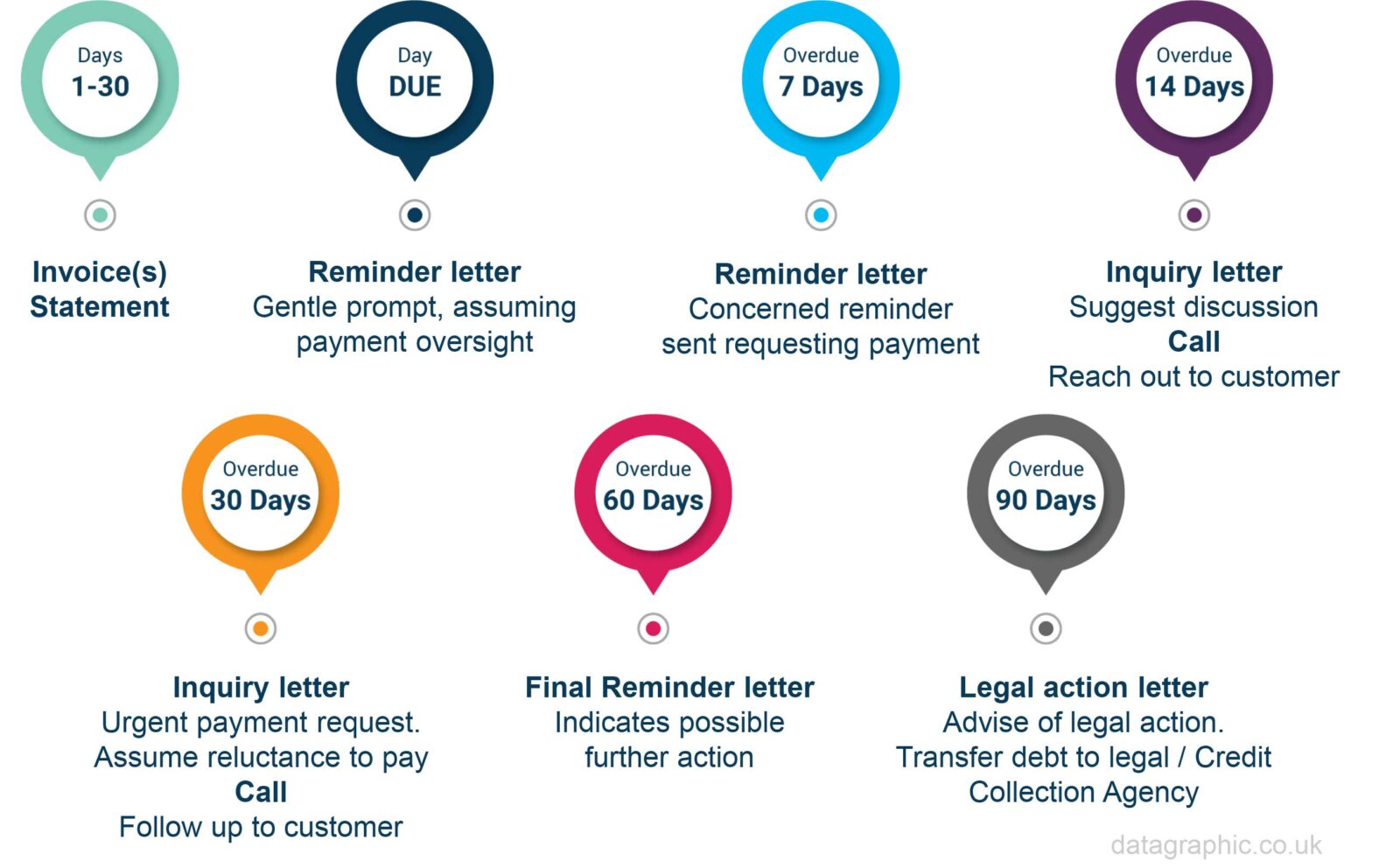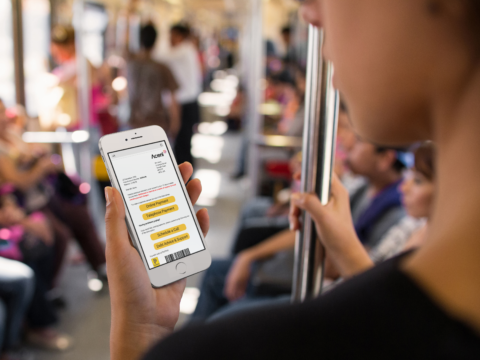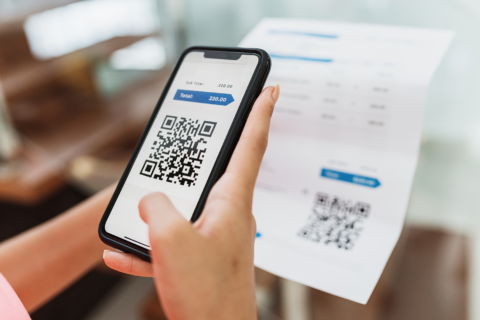Debt recovery is sadly a necessary process for many organisations, and in the coming year, it’s likely to pose a more significant challenge, thanks to the pandemic.
Typical income recovery communications, such as invoices and statements are now likely to reach customers in totally different financial situations. For instance, the year to November 2020 saw a 418,000 increase in the number of unemployed people in the UK, according to The Money Charity¹.
Organisations including utilities, housing associations and local councils are finding that individuals are now living with dramatically different financial circumstances – something that’s likely to continue through 2021.
Why is this the case? Because many people are facing reduced or lost income as a result of:
- Unemployment
- Change of job
- Change of position
- Being part of the Job Retention Scheme (furlough)
But the outlook isn’t all dire. Some individuals’ financial situations have changed for the better with reports of people saving money on commuting and other lifestyle expenses, who can now pay off debts such as credit card bills sooner.
All of this has a knock-on impact on debt recovery and the communications that surround them. A lack of intelligence on a customer’s ability to pay and processes to send appropriate communications can put organisations at risk – as Barclays found in December 2020 with a fine of £26m².
Teams now working to recover income, must review and adapt their communication strategies, especially as the number of customers with outstanding payment increases.
More appropriate communications

You can use techniques to reduce these challenges, including using digital and physical communications to improve income recovery and customer engagement.
And that’s what the Datagraphic team can provide. We deliver multichannel communications so you can stay in touch with your customers. You can improve income recovery by giving people more painless ways to pay, using customer surveys to gain insights on your customers’ ability to pay and providing links to appropriate support so they can find the help they need.
But before it comes to using communications to channel people into ways that can aid with recovering income, it’s important to discuss the debt recovery process, and understand how it can impact your business. Here, we’ll cover:
- What is debt recovery?
- The debt recovery process
- When does income recovery become a debt?
- What are debtor days, and how can you calculate them?
- Reducing debtor days and improving the debt recovery process
What is debt recovery?

Put simply, debt recovery is the collection of payments owed to your organisation.
Of course, late or non-payment can have a significant impact on your organisation, so it’s important to have in place income recovery options where possible to avoid payment defaults and bad debts.
While it can be arduous, the process can be worthwhile. Not only is debt recovery undoubtedly vital in terms of running your organisation and maintaining finances, but when handled well, it can also lead to better relationships with your customers.
The debt recovery process

How do you go about it? Each organisation has their own process and timeframe, but debt recovery often follows a process like this:
Invoice
As you’ll already have agreed payment terms with your customer, you invoice them as usual and await their payment.
Reminders
If payment doesn’t arrive within the agreed timeframe, reminders prompt customers, asking them to make the requested payment. This might be done via email, letter or through another communication channel. Your organisation might even place an administrative hold on a customer’s account, halting further sales until payment is made.
Final reminder notice
Where all other correspondence has failed, a final notice, whether sent electronically or printed and posted, might then be your last attempt at debt recovery before undertaking legal action.
Legal action
This is usually the last resort for debt recovery, and it has two routes, depending on the amount of money owed to your organisation:
-
-
- Small claims court – where your customer can be ordered to repay their debt, as well as any interest and fees accrued through pursuing legal action
- Debt collection agency – where a third-party pursues debt recovery on your behalf
-
While it can result in positive financial outcomes, the traditional debt recovery process is time-consuming and costly in staff resource and organisational expense. Also, when it comes to small debts, your organisation may sometimes opt to write them off as a gesture of goodwill, rather than pursuing payment. This is often driven by the cost of recovering the income being more significant than the debt value.
Where there are payment challenges, it’s becoming more common to agree with customers to take part-payments, to reschedule payments or agree on payment plans in advance. And it’s important to refer customers struggling with payments to appropriate advice, guidance and support options as early as possible.
A good multichannel communications system can assist with all this. It can help you recognise your customers’ needs, automate the delivery of appropriate communications, leading to better engagement with your customers, and ultimately result in fewer accounts running up debt.
When does income recovery become a debt?

Several factors lead to income recovery, becoming a debt, including:
- Inability to repay business loans
- Accounting mistakes or miscalculations
- Delayed payments
- Unpaid bills
- Difficulty planning for or reacting to economic changes
- External factors, such as the current pandemic
- Changing consumer preferences
The amount of time between an issued invoice and payment is known as debtor days or Day Sales Outstanding (DSO). This timeframe needs to be seriously considered when it comes to determining when income recovery becomes a debt.
Late payment debt
According to FastPay Ltd³, in 2018, almost 115,000 businesses waited an average of 57 days for payments, which has an impact not only on the organisation waiting to collect the payment, but also on the individual due to pay – particularly if interest or compensation payments are added onto the existing outstanding amount.
This can compound the delay in payment, and result in further issues around debt recovery, so it must be dealt with sensitively, and in a way that can provide your customer with the support they need to pay.
How are debtor days calculated?
Debtor days or DSO is the amount of time it takes for an organisation to receive payment once an invoice has been issued. Debtor days indicate the time during which account receivables are usually collected from customers. It’s a measurement of how quickly your customers pay for your services and is worked out monthly, quarterly or annually.
While there are a range of methods you can use to work out your organisation’s debtor days, the standard formula is:
Trade receivables / sales revenue x the number of days in your chosen sales period
(whether that’s each month, each quarter or each year)
If you’re looking to calculate over a more extended period of time, use the year-end method. This allows you to work out your debtor days over your financial year.
Why are debtor days important?

They’re a reliable indicator of how much capital a company has. The longer the debtor days, the more restricted the cash supply. By tracking these days, you quickly pinpoint times of change and flux throughout the year, and prepare for them.
During the last 12 months, the number of debtor days has changed, most likely due to the COVID-19 pandemic. Therefore, it’s important to consider such significant external factors and changes in your organisation’s broader context and its usual fluctuations before coming to any major conclusions. This all shows how important it is to calculate debtor days.
Reducing my debtor days and improving my debt recovery process
While debtor days are a normal part of all business finances, there are ways to reduce them and improve your debt recovery process. Two examples are through the use of more engaging customer communications and process automation.
Engaging communication

Whether you’re collecting payment from consumers (B2C) or businesses (B2B), engaging communication and effective communication plans are vital to maximise income recovery.
Though many organisations have made the switch to include digital income recovery communications, others still print and post documents. And often, different channels of communication are used in isolation, without knowledge of a customer’s preference. So, it’s worthwhile investing in a multichannel system that lets you effectively communicate with all of your customers in a timely, reliable way that works for them – and you.
Not only will this help your customers feel valued, but it will also increase engagement too, leading to an improved debt recovery process and reduced debtor days.
Please take a look at our blog on transactional documents to find out more.
Automation

Document automation is another great tool for income recovery teams. It allows you to automate communications to deliver on key dates to individual customers to save manual processing time and increase productivity and accuracy. It’s also a quick win in terms of maximising income recovery while limiting spending.
It also enables you to present documents in a way that works for your customer, whether that’s online or printed. Outbound document automation systems like Datagraphic’s Aceni can even automate sending communications via different channels, if your customer doesn’t receive or engage with the first communication you send.
Multichannel communication systems

At Datagraphic, we can help you improve your debt recovery and reduce your debtor days through our multichannel communication system, Aceni.
Aceni provides secure document automation, taking data from your existing systems and presenting it in the most effective way to your customers. Aceni can present invoices and statements on secure web pages or online portals. It can send email and text notifications to alert your customer to take action. It can also print and mail communications all from one UK production centre.
As well as this, Aceni can be set to use different communication channels at different times, helping you stay in touch with your customers and giving them more ways to pay. Ultimately, communicating with your customers in a way that works for them will result in more engaged customers and greater response rates.
And, because Aceni works with your existing systems, you won’t need to pay extra for software or licensing fees, making it a suitable choice in these cash-strapped and uncertain times.
Final thoughts
Understanding debt recovery and the process involved and accurately calculating debtor days and managing your accounts so that income recovery doesn’t become debt are vital to making sure you’re maximising your income.
But a key part of debt recovery is communication, both to your customers and within your organisation. Knowing how to keep your customers engaged, planning a communication strategy and using tools like Aceni are all ways to make sure you’re not losing income.
To find out more or arrange a demo, speak to a member of our team. You can contact us on +44 (0)1246 543000 or use the live chat at the bottom corner of this page.
References:
1 – The Money Charity
2 – Barclay’s fined £26 million
3 – Fastpay Ltd



